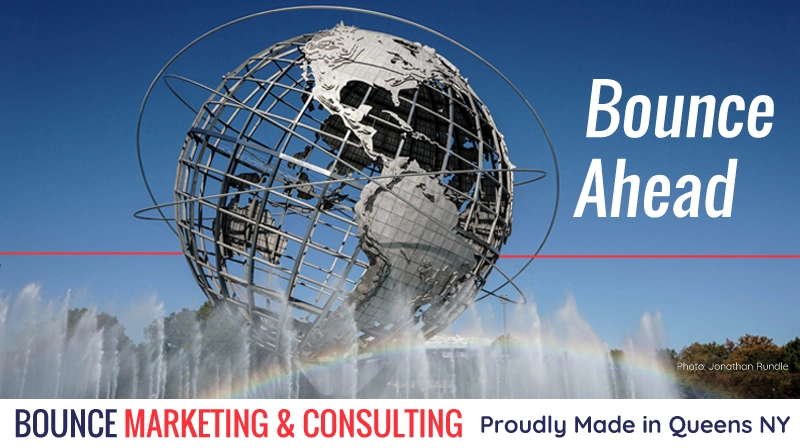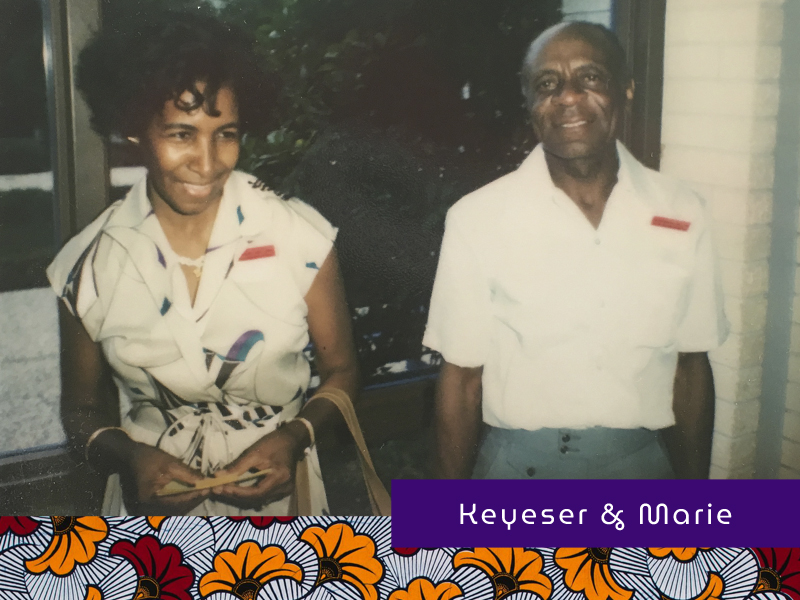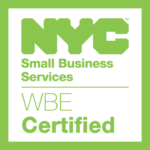
Customer loyalty, customer engagement, customer success, reward, surprise and delight initiatives–whatever they are called, developing and consistently executing an approach to nurture loyalty from your customers is an essential element to virtually every brand that wants to drive repeat business from its customers.
Doing this effectively builds community, provides customers real value and costs you less in the long run since your customers become a great source of new customer referrals for you. At first glance, this may seem like another process to manage or you might be thinking that you are too small (or too big) to need one.
For the businesses who think they are too small, if you have even 1 customer (congratulations, by the way) you can start with them. In fact, starting with a relatively small sample is an ideal place to begin since it’s manageable and the quality of the conversations may reveal insights about something you did (or something you have) at this early stage of your business that resonated so much that your customer(s) were willing to pay you for your product. Wouldn’t you want to learn what you did so that you can repeat (and refine) your processes to get the second, third and fourth customer?
For the businesses who think they are too big, so unique and such badasses that they don’t need to innovate or consider their customers changing needs? We say, >lockbuster, meet Netflix.
With a little organization, some data and creative thinking, you can build out a customer loyalty program that keeps your clients interested, singing your praises and coming back for more of that special sauce that only you have. Doesn’t that sound great?
There are many types of customer loyalty programs you can choose to run, but as a general rule, you want to make sure that they are easy to understand, maintain and deliver on.
Let’s consider a few types:
We are just scratching the surface on the value and strategy of customer loyalty programs, but when done correctly, you and your clients can reap the benefits of an ongoing business relationship that is built to last.
Thinking about a loyalty strategy for your customers? We’d love to hear from you.

We love what we do and our clients do too.
A. Francis & Associates is celebrating more than 20 years in business and hired Bounce to design a brand identity that would display the essence of their firm. “Bounce delivered above and beyond quality. I am thrilled with my new brand identity” said Anthony Francis, Principal.
Anthony’s branding gives a nod to important holidays that bring us together in honor of love, family and community in our beloved USA.
Need proof that a brand refresh can make a HUGE difference? Read our issue of Bounce Ahead “When is it time to refresh your branding?” to see if it’s time for you and let’s make it happen!

In the spirit of celebrating loyalty, we want to give a shout-out to our very own, Tony Evans, for the launch of his new business venture, Keyeser & Marie.
Keyeser & Marie is an arts organization that aims to manifest opportunities for artists by creatively investing resources to support sustainable careers. This passion project is inspired by and dedicated to Tony’s grandparents, Ben & Marie Evans, who were both avid supporters of the arts.
Way to go, Tony! What a wonderful tribute and way to continue their legacy.
Check out their latest project too!
Thank you for your readership! It’s readers like you that keep us sharing new editions of BOUNCE Ahead each month. We appreciate you ❤️
Would you share this edition of BOUNCE Ahead with someone who would enjoy it?
BOUNCE onto some great ideas with our newsletter, BOUNCE Ahead.
Sign up now for monthly motivation around effective branding, design, and copywriting.

The old way of promoting workforce programs doesn’t work anymore.Generic email campaigns, scheduled information sessions, and one-size-fits all messages are no longer enough to get an adult to say, “Yep, this is my future training program.” The market has changed so much since 2021. And even more so since 2024.Read More

People hear the word “data” and often picture dense spreadsheets, confusing pie charts, or dry reports. But here’s the thing: when used correctly, data doesn’t just inform—it can inspire.
The trick? Transforming numbers into a story your audience can relate to. Let’s explore how data-driven storytelling can elevate your brand and captivate your audience.Read More
We are a Minority- and Women- owned business enterprise certified with the Port Authority of New York/New Jersey, New York State, and New York City.


© 2024 Bounce Marketing & Consulting. All Rights Reserved.